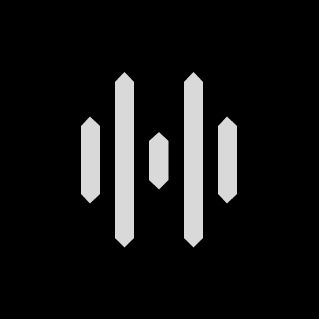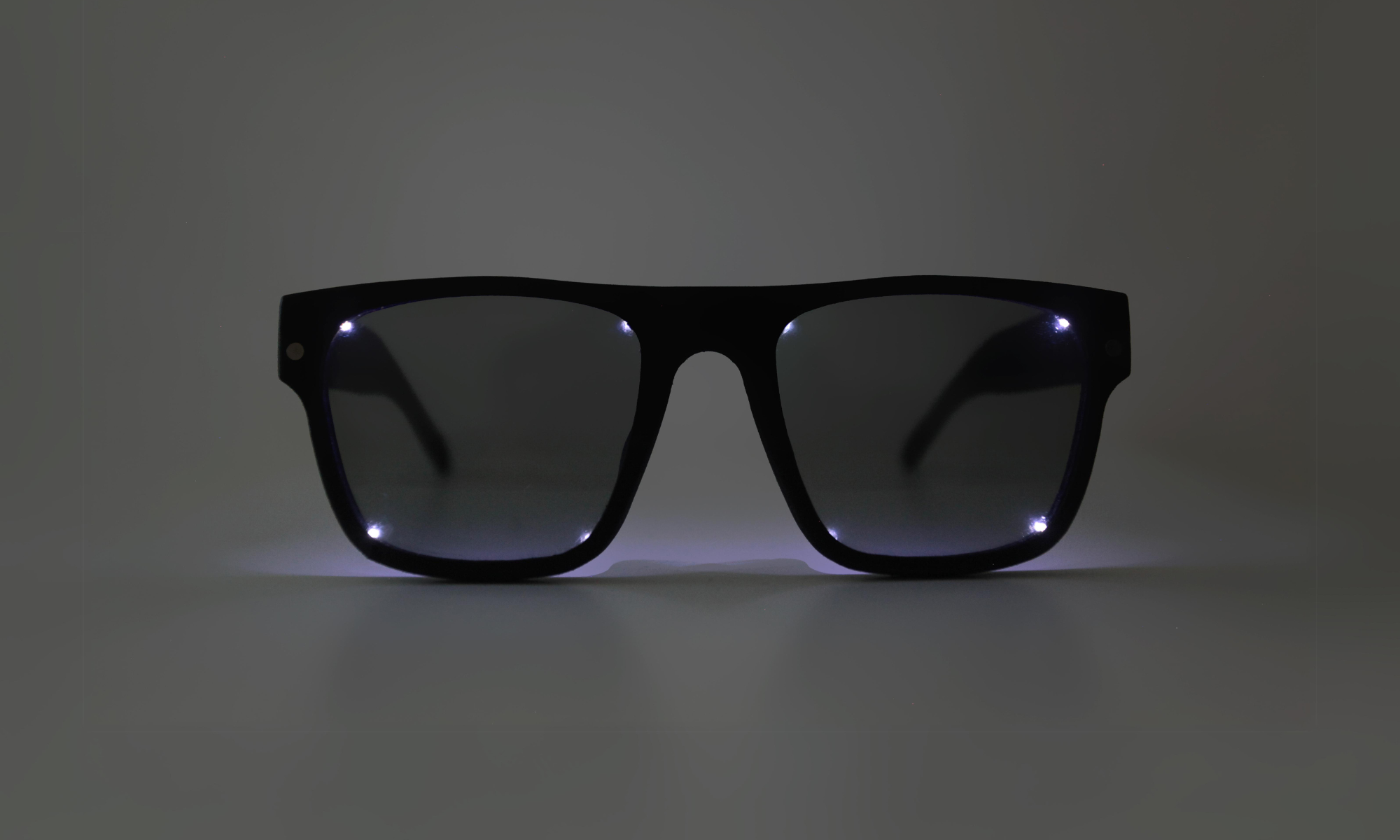Our principles of scientific application
1. Credibility
Healyan applies research that has been extensively tested by top universities, hospitals, and organizations. In 2024, audio-visual research has achieved breakthrough designation and passed two FDA trials.
2. Effectiveness
Audio-visual trial results have successfully achieved statistical significance, amounting to a significant breakthrough in improving immediate and long term performance and recovery.
3. Extensive Testing
Audio-visual stimulation has completed over 40,000+ sessions across dozens of studies with zero unanticipated effects.
How Healyan uses light to improve your mind
Light and soundscapes positively influence your mind and body, but efficiently syncing them together quadruples the benefits. Why should you care?
What's the issue?
When you experience aging or a slight decline in either sleep, relaxation, focus, memory, motivation, organization, or even eyesight, it’s a sign your nervous system isn’t functioning efficiently. Your nervous system is the central control for maintaining, connecting, and optimizing your mental and physical health. If not addressed, your conditions worsen. This accelerates the aging process.
What's the solution?
The goal is to efficiently sync with and improve the nervous system. 30 years of neuroscientific research proved that naturally syncing to the nervous system with external stimuli, such as music, not only reaches an ideal state faster and more efficiently (like sleep, relaxation, focus, etc.) but also improves cognitive and nervous system health. If we want to dance and feel energized, what do we do? We listen to exciting music! If we want to relax and settle down, what do we do? We listen to calm music. This process of listening to soundscapes is correlated to 9 additional lifespan years and is directly linked to aging resilience.
Why add light?
- Soundscapes alone are only about 15% effective at fully syncing and stimulating the nervous system, similar to the effects of working out, eating healthy, or engaging in critical thinking.
- In 2019, MIT discovered that light is the most connected sensor to the nervous system and syncing it with soundscapes increases total connectivity and effectiveness by 75%—4x more than soundscapes alone.
By combining light with soundscapes—where fast flickering light enhances memory, energy, and physical performance, and slower lights promote relaxation, sleep, and physical recovery—there is an increase in immediate performance and long-term recovery, slowing the aging process.
What does Healyan do differently?
Currently, most audio-lighting wearables are manually edited, leaving room for human error and less effective results. Healyan is the first system to use advanced algorithms to precisely sync effective light patterns to supportive soundscapes to ensure results are effective and accurate every single time.
For a more scientific overview, visit our optics page.
How to use Healyan
-
2. Set a goal and theme
Select a light theme, like sleep or focus, found within the Healyan app, then choose and play any soundscape on your mobile phone.
-
3. Experience a brief session
For ten minutes or more, close your eyes, listen and experience light from the frames of the glasses sync to any soundscape, boosting you to your desired goal.
-
4. Complete session and benefit
Once the session is complete, take the glasses off and enjoy the benefits. Use the Healyan Glasses daily, at anytime, anywhere, however long, and as many times as you want. Any usage is beneficial.
What Healyan is like
Our patent pending technology
-
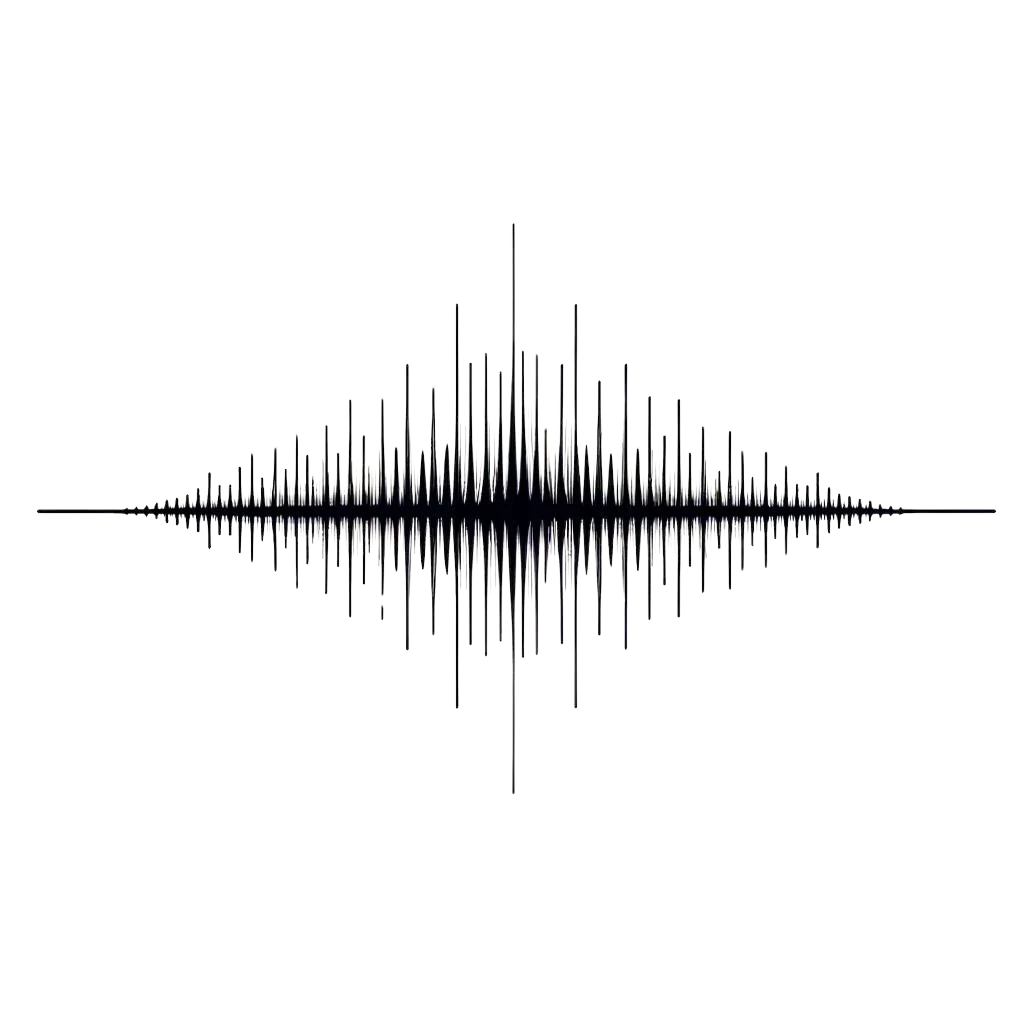
Algorithm-Powered
Leverage an algorithm-powered engine that analyzes smartphone audio data in real-time, adapting it to smooth light sequences in the glasses.
-
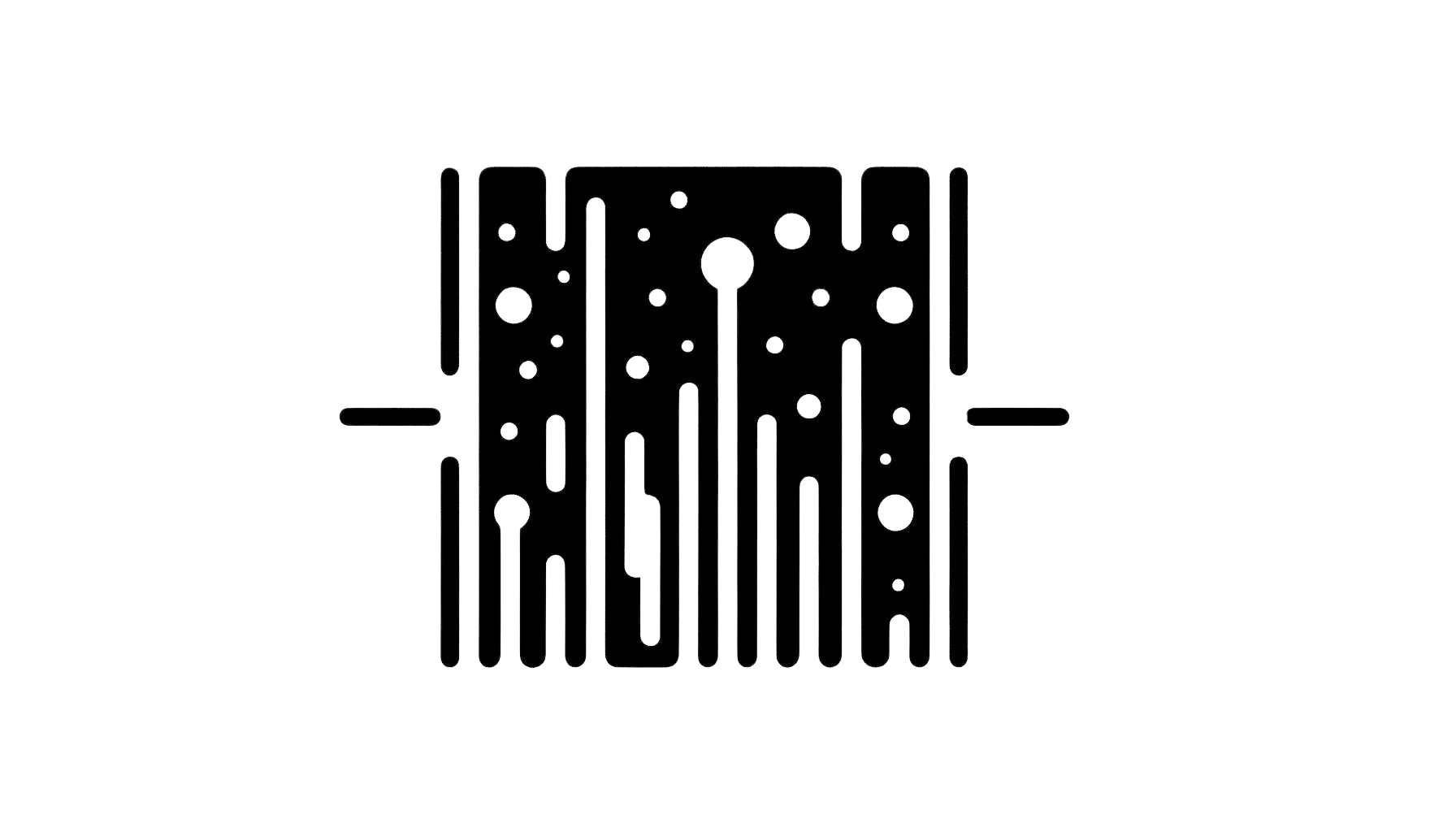
Photostimulation
Utilize advanced photostimulation technology designed to precisely stimulate neural pathways in the mind, thereby enhancing cognitive functions and mental well-being.
-

Broad-Spectrum Light
Harness broad-spectrum light that closely mimics natural sunlight, designed to regulate the body's circadian rhythms, improve mood, and boost energy levels.
-
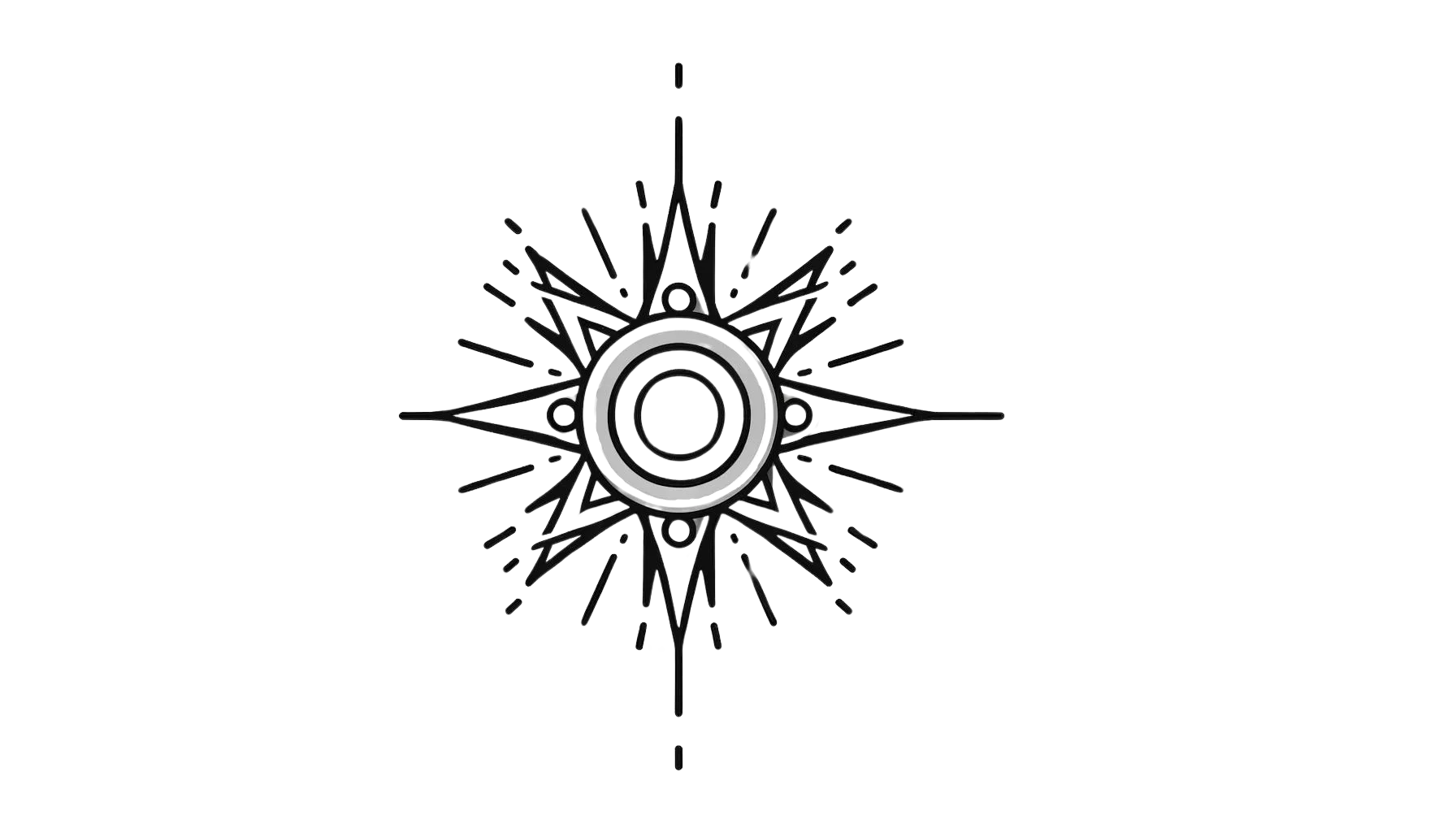
Personalized Audio
Integrates LE Audio technology to seamlessly synchronize any audio with visual synergy, personalizing light stimulation.
-

Top Experts
We’ve collaborated with leading sleep scientists to organize light stimulated soundscapes that naturally facilitate restful slumber.
-

Neuroscience backed
Neuroscience studies show that soundscape-backed light stimulation provides the fastest, most consistent development in performance and recovery.
** This collection of 3rd party studies employ diverse experimental methods to explore the multifaceted impacts of both stroboscopic and continuous visual training on physical and mental performances across different populations.
